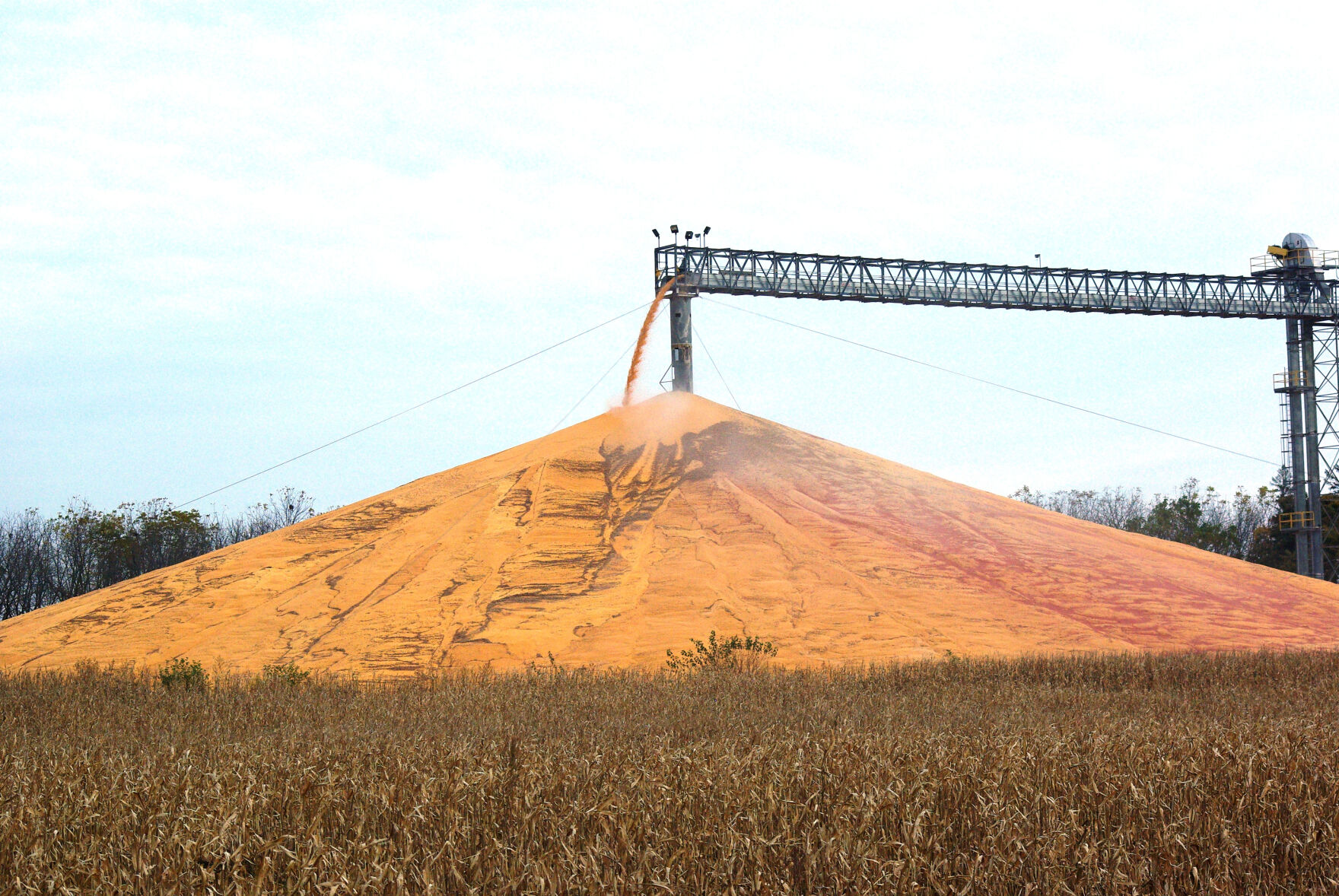Amid stepped-up buys of United States grains, China made its second biggest ever single buy of U.S. corn. The U.S. Department of Agriculture reported July 10—1.365 million tons, the biggest single daily sale since 1994.
About 765,000 tons of the corn purchase is for delivery this year and the rest is for the 2020-21 season. The purchase followed another large Chinese corn buy a few weeks previously. China also bought 190,000 tons of hard red spring wheat and 130,000 tons of hard red winter wheat for delivery next season.
Despite a sharp escalation in tensions between the U.S. and China over a variety of issues—over the spread of coronavirus, Chinese spying and technology theft and its crackdown on Hong Kong—China insists it is fulfilling its obligations under Phase 1 of the U.S. China trade deal. As part of that deal, China promised to increase its buys of U.S. agricultural commodities to $36.5 billion, or 50% up from $24 billion in 2017.
According to Ken Eriksen, senior vice president, agribusiness at IHS Markit, a number of factors besides the trade deal are converging to make U.S. corn buys attractive to China.
Internal corn pricing within the domestic Chinese market is reportedly high. In 2018, China revamped its commodity reporting system in a way that showed more ending stocks, but Eriksen cautioned that all Chinese statistics must be treated with reserve. Some experts believe China is overstating domestic corn ending stocks.
Chinese floods
China is experiencing its highest rainfalls in more than 50 years, which have led to the worst floods in 20 years along the Yangtze River system, the country’s largest. In the past month, 141 people have died and about 28,000 homes have been damaged by floods along the Yangtze system. The floods come 14 years after completion of the massive, controversial Three Gorges Dam, which required the relocation of 1.4 million people. The project was supposed to tame the Yangtze and reduce its regular flooding.
Eriksen speculates that the flooding may have disrupted transportation routes that move Chinese domestic corn from the north, where much of it is grown, to the south, where many hog farms are located. If true, that would make imported foreign corn more attractive as well. China relies heavily on trains for internal grain movements.
Other reports suggest that China is swiftly rebuilding its swine herds from the devastation wrought to Asian swine flu, perhaps up to 80% of their pre-African swine fever strength by the end of the year.
The U.S. dollar has also been sinking relative to other currencies due to the economic fallout of the coronavirus; the dollar is about at the level relative to the yuan that it was in early 2018, before the trade war broke out. Eriksen said currency differences can matter in a time of supply plenty—and the U.S. corn crop promises to set a record this year.
Despite the stepped-up grain buys, Bloomberg reported that China is behind the pace of imports it needs to maintain to meet its commitments under the trade deal. By the end of June, China had bought about 23% of its total purchase target of more than $170 billion for goods in 2020, according to Bloomberg calculations based on Chinese customs data.
From January to June, China imported 3.66 million tons of corn from all sources, or about 51% of its annual grain quota of 7.2 million tons, according to Chinese customs data reported by Reuters. Last year, China used 67% of its annual corn quota, but some analysts believe China may use up all of its corn quota for this year.
David Murray can be reached [email protected].



